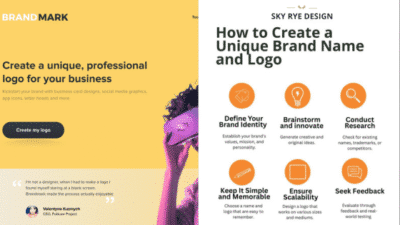When you think of the most iconic wedding dresses in recent history, chances are you’re picturing a Vera Wang creation. From celebrities like Ariana Grande and Victoria Beckham to countless brides worldwide, Wang’s designs have become synonymous with luxury bridal fashion. What started as a single bridal boutique in Manhattan in 1990 has transformed into a $400 million wedding empire that redefined how we think about wedding dress design.
You might be surprised to learn that Wang didn’t start her fashion career until age 40, proving it’s never too late to pursue your dreams. Her journey from figure skater to fashion editor to bridal designer shows how diverse experiences can fuel creative innovation. What makes her story particularly fascinating is how she identified a gap in the luxury bridal market and filled it with her own unique vision.
Throughout this exploration of Wang’s empire-building journey, you’ll discover the key moments that shaped her revolutionary approach to bridal design. You’ll learn about her signature styles that caught the attention of A-list celebrities and how she expanded her brand globally while maintaining her commitment to craftsmanship and elegance.
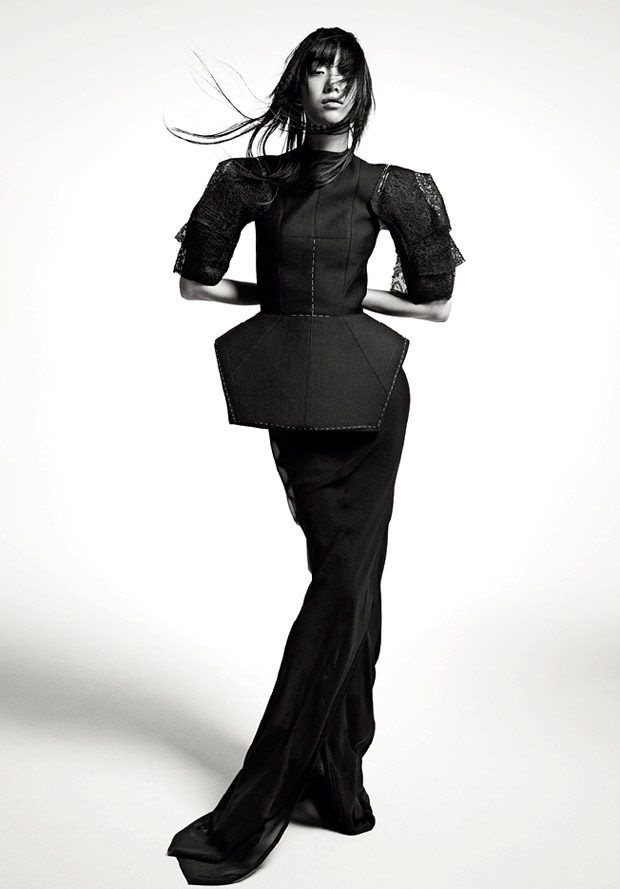
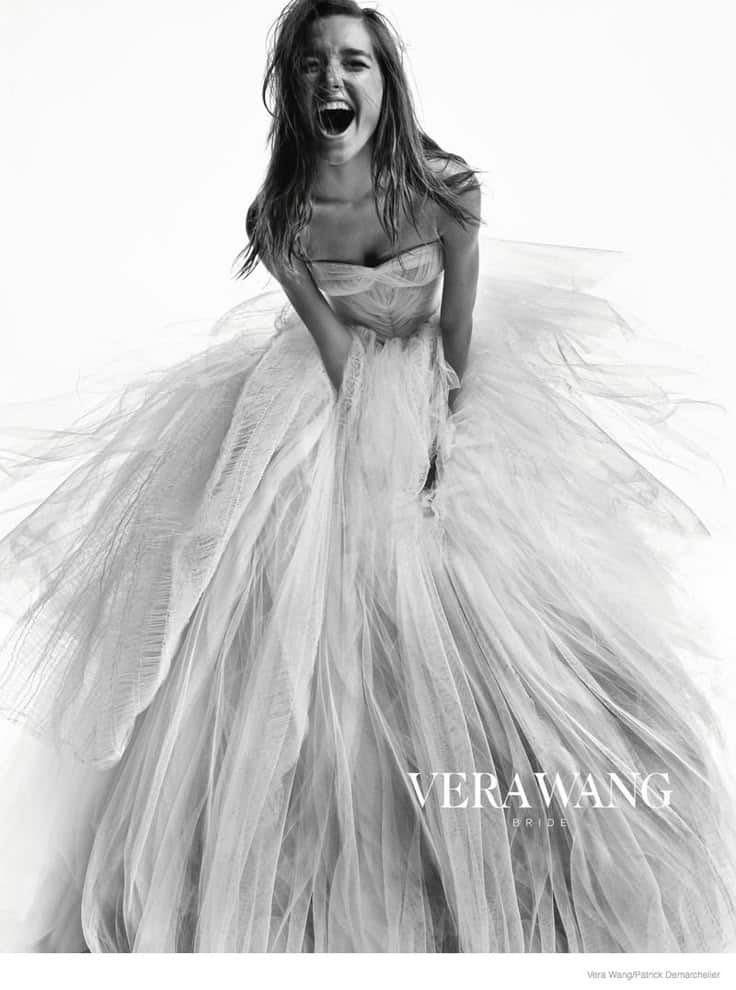
Key Takeaways
- Vera Wang built a $400 million bridal empire by starting her fashion career at age 40 and opening her first boutique in 1990
- Her unique design vision transformed luxury bridal fashion and attracted countless celebrities including Ariana Grande and Victoria Beckham
- Wang’s success demonstrates how identifying market gaps and pursuing creative dreams can lead to industry-defining impact regardless of age
The Vision Behind Vera Wang’s Bridal Empire
Vera Wang transformed the bridal industry by identifying gaps in luxury wedding dress design and creating innovative solutions that prioritized individual expression over traditional convention. Her vision centered on bringing haute couture sophistication to bridal wear while maintaining deep personal connections with each bride’s unique story.
Founding a Legacy: Unmet Needs in the Bridal Industry
When Vera Wang launched her bridal line in 1990 at age 40, you could see she identified a significant void in the wedding dress market. The bridal industry lacked sophisticated, fashion-forward designs that reflected modern brides’ evolving tastes.
Traditional wedding dresses felt outdated and overly conventional for many brides seeking contemporary elegance. Wang recognized that brides wanted luxury pieces that matched their personal style rather than generic designs.
Her background in fashion journalism and retail gave her unique insight into what was missing. You can trace her success to understanding that modern brides craved wedding dress designs that felt both timeless and current.
The market gap became her opportunity. She focused on creating pieces that elevated bridal design beyond typical industry offerings, establishing new standards for luxury wedding attire.
Defining Bridal Design Through Innovation
Wang’s approach to bridal design broke traditional rules by incorporating unexpected elements into classic silhouettes. You’ll notice her designs feature modern cuts, innovative fabrics, and architectural details that distinguish them from conventional styles.
Her innovation includes using unconventional colors like pale pink, lavender, and champagne instead of pure white. These subtle color variations gave brides fresh alternatives while maintaining elegance.
Structural elements became Wang’s signature:
- Dramatic trains with sculptural qualities
- Layered tulle creating movement and dimension
- Corset-inspired bodices with modern construction
- Unexpected fabric combinations
She introduced ready-to-wear sensibilities into bridal industry practices. This meant focusing on fit, comfort, and wearability alongside beauty.
Wang’s designs consistently pushed boundaries while respecting wedding traditions. Her pieces feel contemporary without losing the romance and formality that wedding dresses require.
The Personal Touch: Designing for Individuality
Your experience with Vera Wang reflects her commitment to understanding each bride’s personal vision. She approaches every design consultation as a collaboration rather than a standard fitting.
Wang tries on every wedding dress she designs to understand how the garment moves and feels. This hands-on approach ensures each piece meets her standards for both beauty and functionality.
Her process involves extensive conversations about the bride’s personality, wedding venue, and personal style preferences. You benefit from this individualized attention that makes each dress feel uniquely yours.
The emotional connection Wang creates with brides sets her apart from mass-market competitors. She understands that wedding dress selection involves deep personal meaning beyond fashion choices.
Vera Wang on weddings emphasizes that each dress should reflect the bride’s authentic self. Her vision prioritizes personal expression over following trends or traditional expectations.
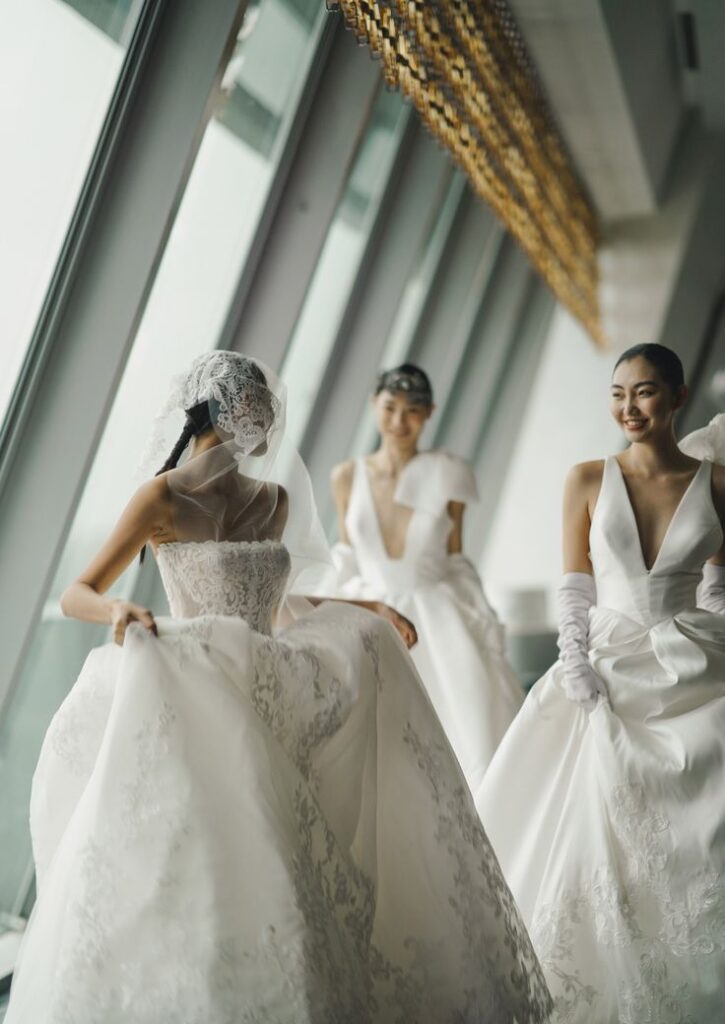
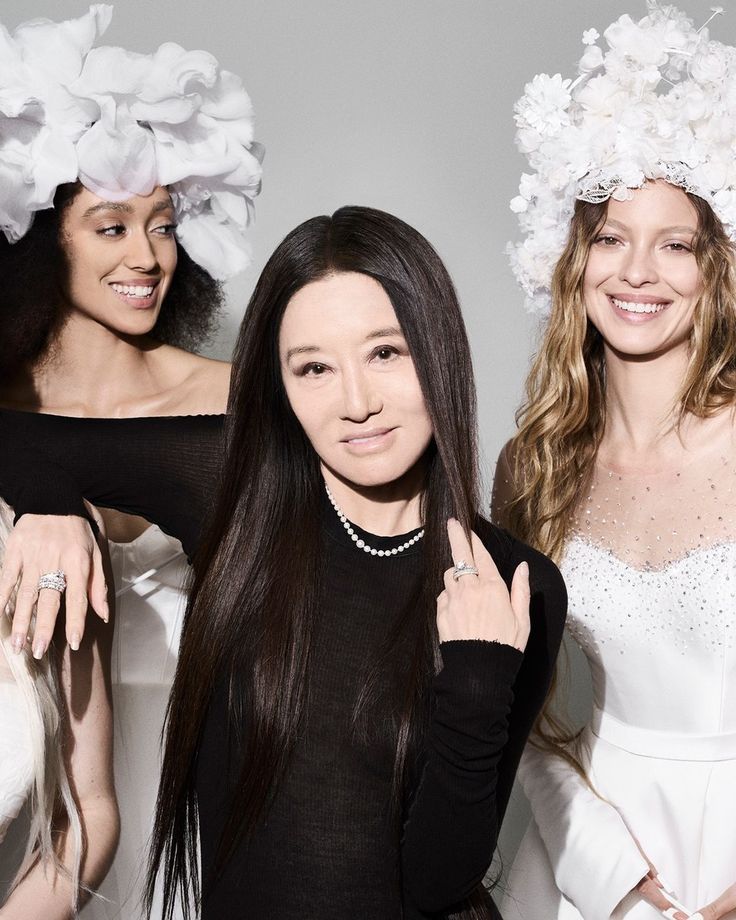
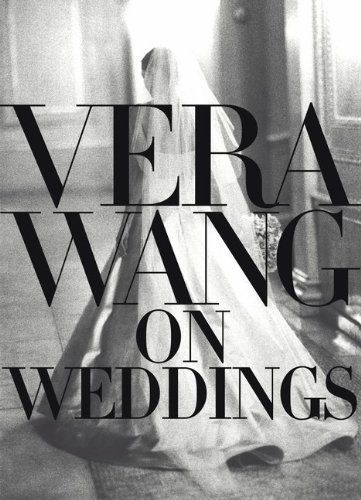
Vera Wang’s Journey: From Figure Skater to Fashion Icon
Vera Wang’s path to becoming a wedding empire mogul began with dreams of Olympic glory on ice before evolving through prestigious fashion industry roles. Her transformation from competitive figure skater to influential American fashion designer showcases how early passions can shape creative vision in unexpected ways.
Early Life and Inspirations
Born Vera Ellen Wang on June 27, 1949, in New York City, you’ll find her story begins with immigrant parents who instilled both ambition and cultural appreciation. Her family’s influence shaped her understanding of elegance and precision from an early age.
Wang’s childhood was marked by discipline and high expectations. Her parents emphasized excellence in everything she pursued. This foundation would later translate into her meticulous approach to design.
The cultural richness of her upbringing in New York exposed her to diverse artistic influences. You can see how this early exposure to art and culture would later inform her sophisticated design aesthetic.
Her family’s support allowed her to pursue competitive athletics seriously. This early commitment to excellence became a defining characteristic. The discipline required for high-level competition would prove invaluable in her future career.
A Change in Passion: Figure Skating to Fashion
Wang’s athletic career as a figure skater dominated her teenage years and early twenties. She competed seriously and harbored dreams of Olympic competition. Her dedication to the sport was intense and all-consuming.
The U.S. Figure Skating Championships represented the pinnacle of her skating aspirations. Though she trained rigorously, she ultimately didn’t make the Olympic team. This setback forced her to reconsider her future direction.
Figure skating taught her about performance, presentation, and the importance of flawless execution. These skills would directly translate to fashion design. The attention to detail required in skating paralleled the precision needed in couture.
You can trace her design philosophy back to skating’s emphasis on grace and movement. The way fabric flows and moves became central to her aesthetic. Her understanding of how clothing should enhance the wearer’s natural beauty stems from this athletic background.
Education and Formative Experiences
Wang attended Sarah Lawrence College, where she studied liberal arts and art history. This education broadened her cultural knowledge and refined her aesthetic sensibilities. The college’s emphasis on creativity and individual expression aligned with her artistic nature.
Her time at Sarah Lawrence exposed her to various art forms and design principles. You’ll notice how this diverse education influenced her later work. The interdisciplinary approach helped her develop a unique design perspective.
After college, she began working at Vogue magazine on Madison Avenue. This role introduced her to the fashion industry’s inner workings. She learned about styling, trends, and the business side of fashion.
Working at Vogue provided crucial industry connections and experience. She developed relationships with photographers, models, and other designers. These connections would prove essential when she launched her own brand decades later.

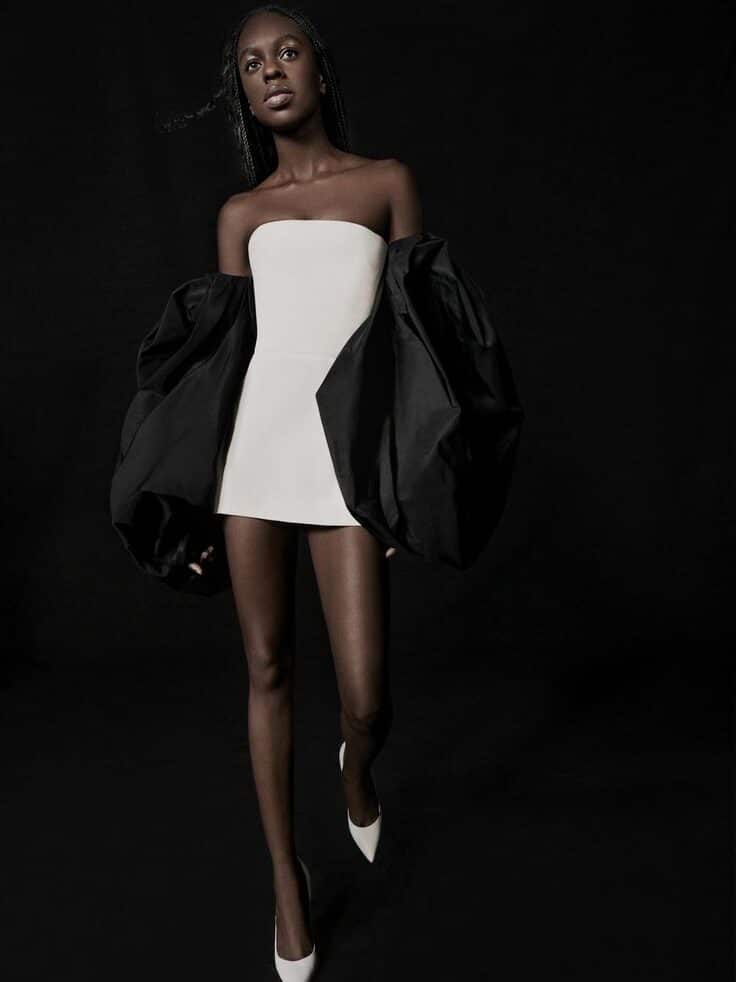
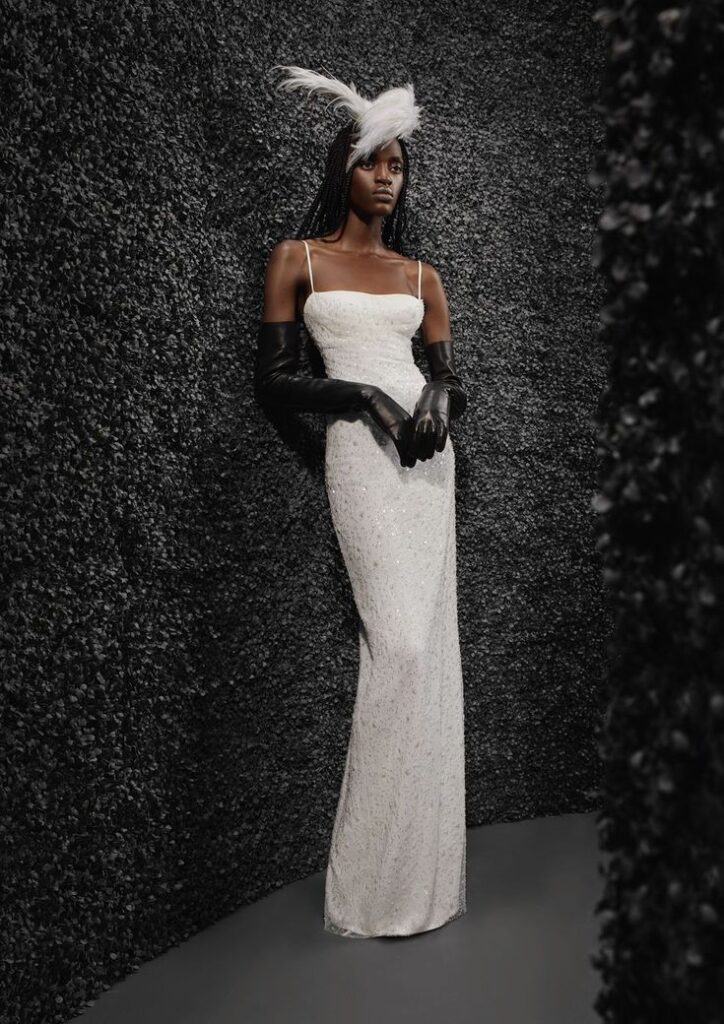
Key Moments That Shaped the Bridal Revolution
Wang’s transformation from fashion editor to bridal empire founder happened through three pivotal career moves that redefined luxury wedding dress design. Her journey from Vogue magazine to Ralph Lauren and finally to her own Madison Avenue boutique created the foundation for revolutionizing bridal wear.
Editorial Beginnings at Vogue
Wang’s seventeen-year tenure at Vogue magazine shaped her understanding of luxury fashion and editorial aesthetics. You can trace her eye for sophisticated design back to this formative period where she learned to identify emerging trends.
During her time at the magazine, Wang developed relationships with high-profile clients and celebrities. These connections would later prove invaluable when she launched her bridal line.
Her editorial experience taught her how to translate runway fashion into wearable luxury. This skill became essential when she began designing wedding gowns that felt both current and timeless.
The magazine environment exposed Wang to international designers and couture techniques. She absorbed these influences and would later incorporate them into her bridal wear aesthetic.
Design Directorship at Ralph Lauren
Wang’s role as design director at Ralph Lauren provided hands-on experience in luxury fashion production. You see how this position bridged the gap between her editorial background and her future as a designer.
At Ralph Lauren, Wang learned the business side of fashion design. She gained practical knowledge about manufacturing, quality control, and brand development that would prove crucial for her own company.
The position allowed Wang to work directly with high-end fabrics and construction techniques. This experience influenced her later approach to creating structurally sophisticated wedding gowns.
Working under Ralph Lauren exposed Wang to the American luxury market. She understood how to create aspirational products that appealed to affluent consumers seeking exclusive designs.
Opening the First Bridal Salon
Wang opened her first bridal boutique on Madison Avenue in 1990 at age 40. You witness how this bold career change transformed the bridal wear industry almost immediately.
The boutique introduced a new concept of modern bridal fashion. Wang’s designs challenged traditional wedding dress conventions with contemporary silhouettes and unexpected details.
Her Madison Avenue location positioned the brand within New York’s luxury retail corridor. This strategic placement attracted affluent brides seeking high-end alternatives to conventional wedding gowns.
The salon’s success attracted celebrity clients including Victoria Beckham and Mariah Carey. These high-profile weddings generated significant media attention and established Wang as the premier luxury bridal designer.
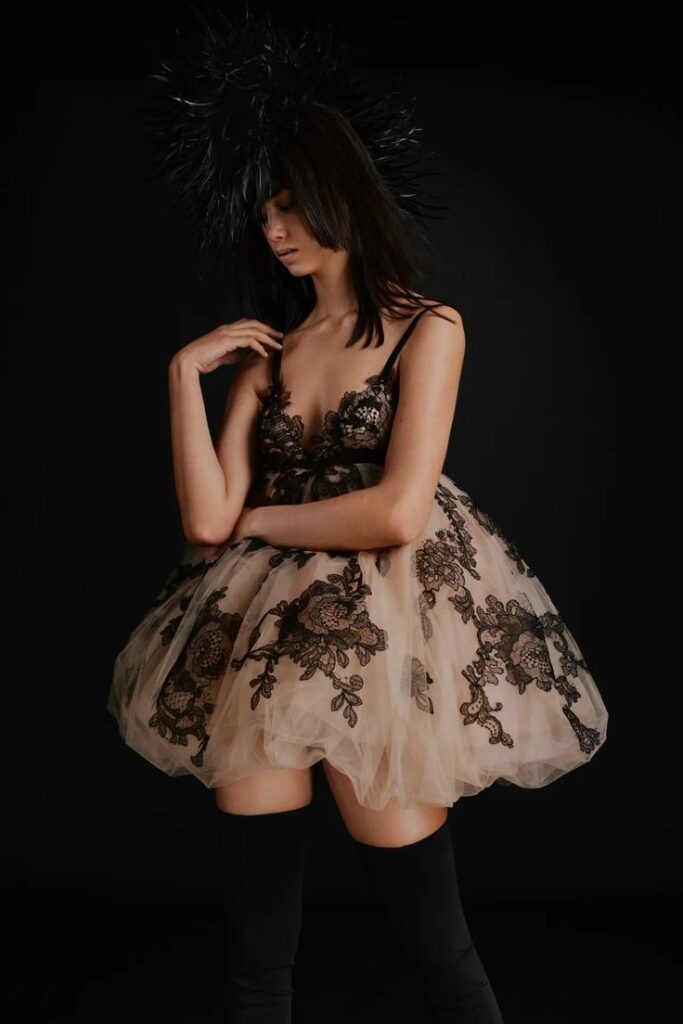
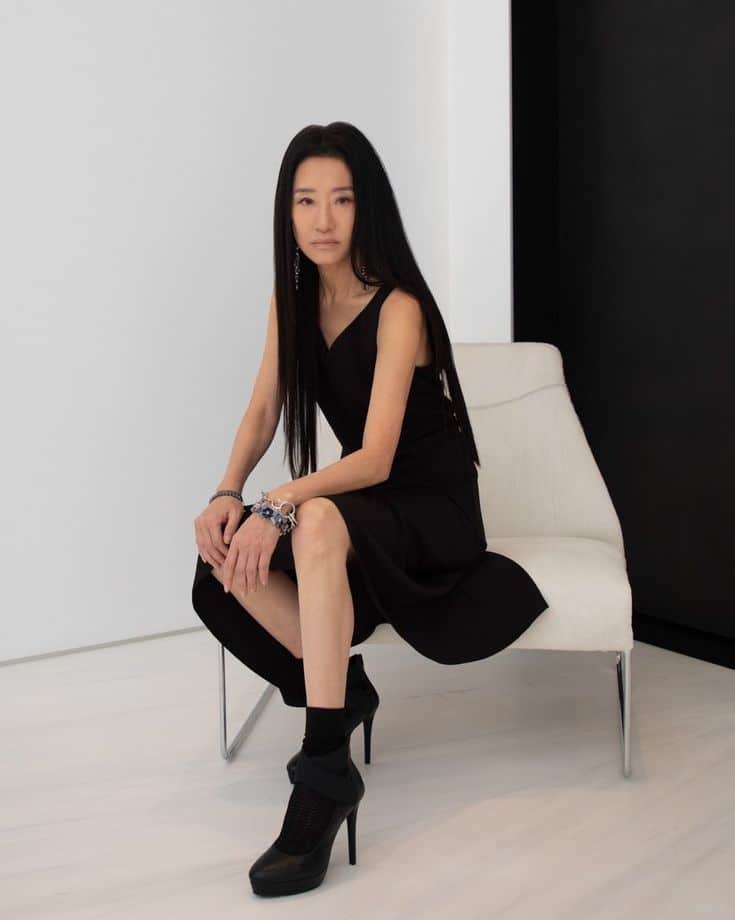
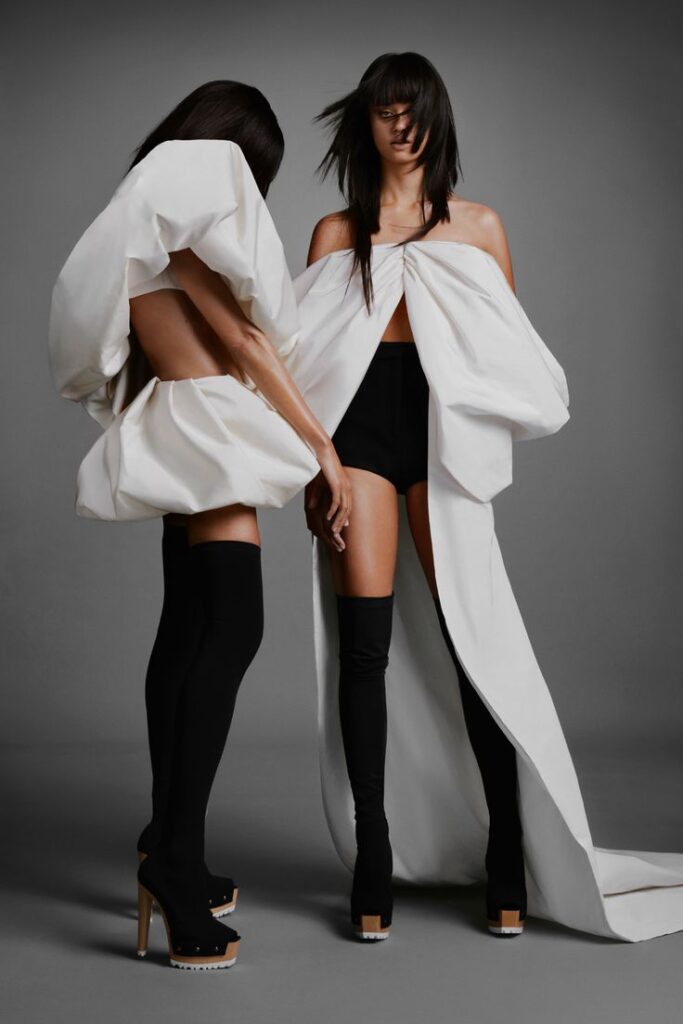
Signature Styles and Iconic Dress Designs
Vera Wang’s distinctive approach to bridal design centers on romantic silhouettes with contemporary elements, unexpected color choices, and her revolutionary strapless gown concept. Her designs have become synonymous with celebrity weddings and red carpet glamour.
Modern Silhouettes and Unexpected Textures
You’ll immediately recognize Wang’s signature deconstructed tailoring approach in her bridal collections. Her designs feature dramatic, voluminous skirts paired with streamlined bodices that create a contemporary feel without losing romantic appeal.
Wang’s innovative use of textures sets her apart from traditional bridal designers. You’ll find her incorporating hand-draping techniques over corset bodices, creating soft, feminine silhouettes that feel both structured and flowing.
The designer’s A-line gowns showcase her ability to balance traditional elegance with modern sophistication. Her layered skirts create movement and dimension while maintaining the classic bridal aesthetic you expect.
Key texture elements include:
- Soft hand-draping over structured corsets
- Layered skirt construction for added volume
- Deconstructed tailoring techniques
- Cascading fabric treatments
Innovative Use of Color
Wang revolutionized bridal fashion by introducing color into traditionally white wedding dress designs. You’ll see her signature use of blush tones, soft grays, and champagne hues throughout her collections.
Her color palette extends beyond pastels to include dramatic darker tones. This approach appeals to modern brides seeking alternatives to pure white gowns.
The designer’s color choices reflect her understanding that today’s brides want personalization in their wedding attire. You can choose from subtle color variations that complement different skin tones and wedding themes.
The Iconic Strapless Gown
Wang’s strapless designs became her trademark signature style. You’ll find these gowns feature fitted bodices that emphasize the décolletage while maintaining elegant proportions.
Her strapless creations often incorporate intricate beadwork and embellishments along the bodice. The clean lines of the strapless design allow decorative elements to become focal points.
These gowns demonstrate Wang’s ability to create supportive, comfortable strapless constructions. You get the elegance of a strapless silhouette without sacrificing fit or comfort throughout your wedding day.
Celebrity Brides and Red Carpet Moments
High-profile clients have elevated Wang’s designs to iconic status. Kim Kardashian, Victoria Beckham, and Alicia Keys have all chosen Wang creations for their weddings.
Her designs regularly appear on red carpets at major events including the Oscars and Golden Globes. You’ll see her gowns featured in movies and television shows, expanding her influence beyond bridal wear.
Wang’s celebrity connections have created a aspirational quality around her brand. When you choose a Wang design, you’re selecting the same designer trusted by Hollywood’s biggest stars for their most important moments.
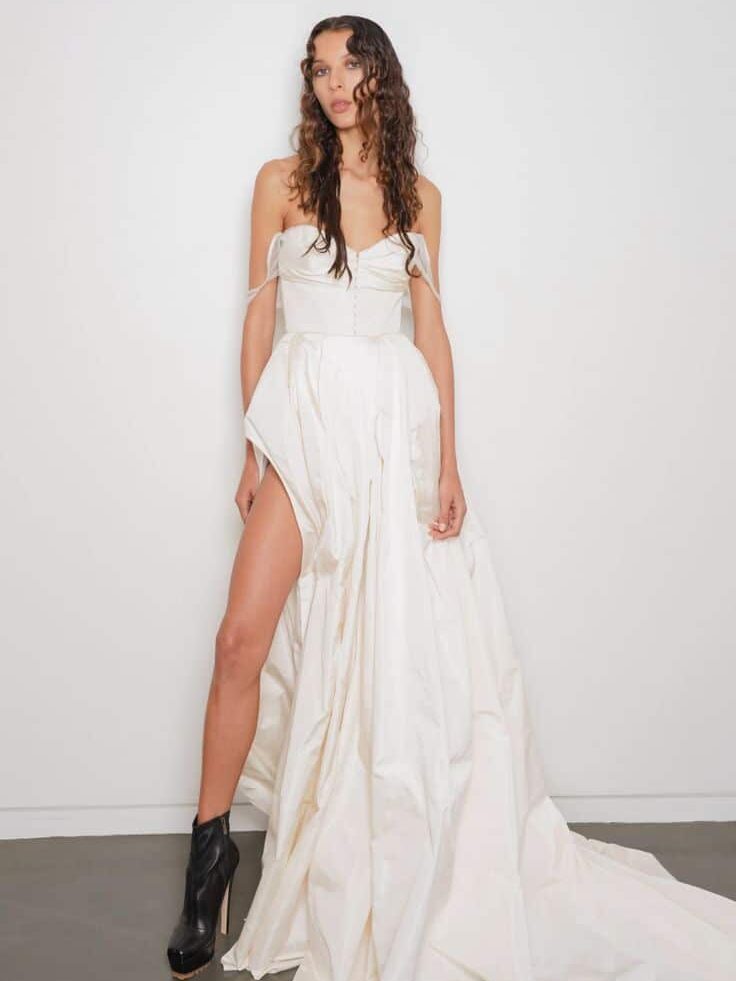
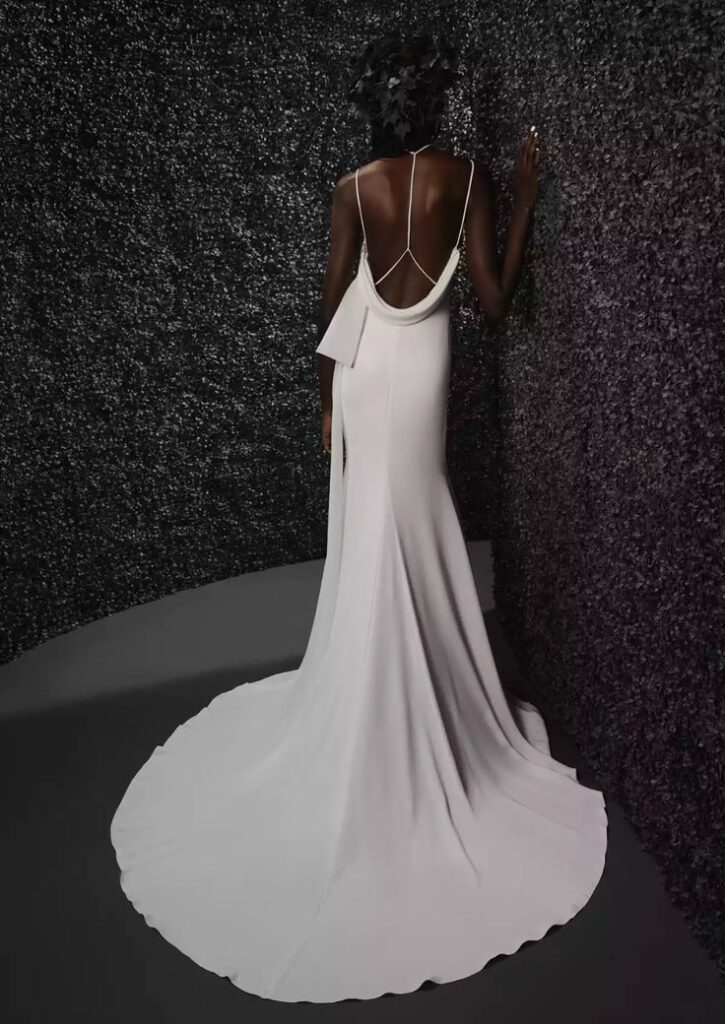
Global Reach and Brand Expansion
Vera Wang transformed from a single Manhattan boutique into a global fashion powerhouse through strategic brand diversification and international expansion. Her approach balanced luxury bridal wear with accessible fashion lines while establishing boutiques worldwide.
Diversifying the Vera Wang Brand
You’ll find that Vera Wang’s empire extends far beyond her signature bridal collection. The brand strategically expanded into ready-to-wear fashion, fragrances, and home goods to reach broader markets.
The Simply Vera line represents Wang’s most successful diversification effort. This affordable collection brought her design aesthetic to mainstream retailers, making her vision accessible to customers who couldn’t afford haute couture prices.
You can now purchase Vera Wang products across multiple categories including evening wear, accessories, and lifestyle items. This diversification strategy helped establish the brand as a complete luxury lifestyle company rather than just a bridal wear specialist.
The expansion into fragrance and beauty products created additional revenue streams. These accessible luxury items allowed customers to experience the Vera Wang brand without the investment required for wedding gowns.
Making High Fashion Accessible
Your access to Vera Wang’s designs dramatically increased through strategic partnerships with mass retailers. The Simply Vera collection launched at Kohl’s, bringing designer aesthetics to everyday consumers at affordable price points.
This accessibility strategy didn’t compromise the luxury brand’s reputation. Instead, it created a pathway for customers to experience Wang’s design philosophy across different price ranges.
You’ll notice that Wang maintained quality standards even in lower-priced lines. The accessible collections feature her signature clean lines and modern silhouettes, introducing new customers to her aesthetic.
The mass market approach expanded Wang’s influence throughout the fashion industry. Her designs became reference points for contemporary style, extending her impact beyond the bridal industry.
International Boutiques and Collaborations
Your ability to access Vera Wang designs globally expanded through strategic international partnerships. The brand established boutiques in major fashion capitals including London, Tokyo, and Hong Kong.
International expansion required adapting to local market preferences while maintaining brand identity. Wang’s team worked with regional partners to ensure proper representation of her design philosophy.
You can now find Vera Wang boutiques in premium department stores worldwide. These partnerships allow the brand to reach international customers without the overhead of standalone locations.
The global expansion strategy focused on affluent markets where luxury bridal wear commanded premium pricing. This approach maximized revenue while building international brand recognition.
Collaborations with international retailers extended the brand’s reach into emerging markets. These partnerships introduced Vera Wang designs to new customer bases while maintaining exclusivity.
Influence, Recognition, and Lasting Impact
Vera Wang’s three-decade journey transformed her from a late-career entrepreneur into a global fashion icon whose influence extends far beyond bridal wear. Her recognition spans prestigious industry awards, expanded design categories, and mentorship of emerging talent.
Awards and Industry Honors
You’ll find Wang’s trophy case filled with fashion’s most prestigious awards. The Council of Fashion Designers of America (CFDA) honored her with the Womenswear Designer of the Year award in 2005.
Fashion Week consistently features her collections. Industry publications regularly name her among the most influential designers globally.
Her recognition extends beyond fashion circles. Wang received the Geoffrey Beene Lifetime Achievement Award from the CFDA in 2013. This honor acknowledged her lasting contributions to American fashion.
You can see her cultural impact through celebrity endorsements. A-list brides continue choosing her designs decades after her debut. This celebrity following established her as a cultural icon alongside her fashion credentials.
Designing Beyond the Dress
Wang’s empire extends far beyond wedding gowns. You’ll discover her fragrance collections, jewelry lines, and eyewear designs in major retailers worldwide.
Her figure skating costume designs showcase her athletic background. Wang created costumes for Olympic champions Michelle Kwan and Nancy Kerrigan. These designs brought her bridal elegance to competitive sports.
You can explore her home collection featuring luxury linens and tableware. Her shoe designs complement her fashion lines. Wang even authored “Vera Wang on Weddings” in 2001.
Her ready-to-wear collections demonstrate versatility beyond bridal design. You’ll find her aesthetic applied to everyday fashion. This diversification proves her design philosophy translates across categories.
Inspiring a New Generation of Designers
Wang’s late-career success story inspires countless designers. You witness her influence in design schools worldwide where her journey encourages career pivots.
Her modern bridal aesthetic redefined wedding dress expectations. Contemporary designers now incorporate her signature elements: unexpected colors, luxury fabrics, and architectural silhouettes.
You can trace her mentorship through emerging designers who credit her influence. Fashion industry professionals study her business model of luxury positioning.
Her entrepreneurial approach demonstrates building fashion empires around personal vision. Young designers learn from her transition from editor to business owner. Wang’s story proves that innovation and timing can create lasting fashion legacies.
- 21shares
- Facebook0
- Pinterest21
- Twitter0


